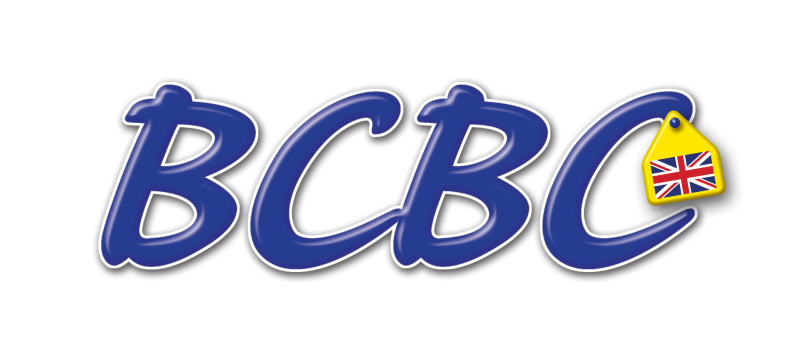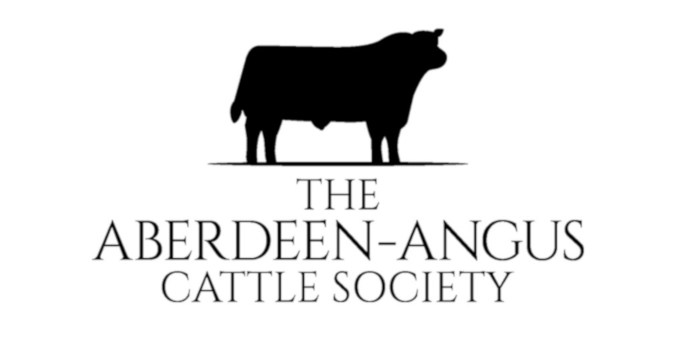- Home
- Creating a profitable suckler cow - nothing fancy, just functional
Creating a profitable suckler cow - nothing fancy, just functional
Arron Nerbas, a Canadian suckler cow producer, will join AHDB and the Aberdeen Angus society for three on-farm events in January to discuss what makes a suckler system profitable including how genetics, selection and management pressure can be used to breed a cow that fits and performs well.
Does breeding the right suckler cow to fit a low input system need to be complicated? The answer is no, not if you know how. Being clear about what you’re trying to achieve on your farm and using your system to select the cows that fit, is how Nerbas Bros. Aberdeen Angus, Canada, have developed a profitable suckler cow that works for them.
All three host farms are outwintering and incorporating bale grazing into their systems. The host farms are as follows:
- Wednesday 25 January 2023 (Oxfordshire): At FAI Farms in Oxfordshire, Silas Hedley-Lawrence manages a herd of 100 organic and Pasture for Life accredited, Saler and Aberdeen Angus suckler cattle. The FAI farm is set in 578 hectares of ground straddling the river Thames rented from Oxford University. They run an adaptive multi-paddock grazing system which is mapping out in detail the farm’s transition into regenerative agriculture. Having a strict culling policy and only keeping the cows that work for them has enabled them to operate a seven-week bulling period with a 95 – 98% in calf rate.
- Thursday 26 January 2023 (Dorset): At Launceston Farm in Dorset, Jimi Collis and his herd manager, Matt House, manage 240 organic, mainly Stabiliser cross suckler cows on a low input system. They calve half the herd in spring and half in autumn, achieving a six-week calving period with a 94% in calf rate. All heifers calve at two-years old and they run a systems-based approach to selection, whereby cows that don’t thrive are removed, leaving only the most profitable animals in the herd.
- Friday 27 January 2023 (Northumberland): At Aln Angus farm in Northumberland George Burrell runs a herd of 250 Aberdeen Angus suckler in Northumberland. The system is mainly grass based with crops and silage available during winter for young stock. George breeds his cows for his system. His aim is to produce the maximum amount of red meat per hectare without exposing themselves to uncontrollable input costs. He operates a six-to-eight-week calving period with a 98% in calf rate.
What will be discussed?
- What the most important traits are for your farm and how the farming system and environment can impact them
- What ‘good’ looks like. The physical indicators of a successful cow within a low input system
- What Arron and the host farmer need their cows to do and how they achieve that
- Bale grazing and outwintering to achieve a low input system
These events form part of the AHDB Maternal Matters campaign, helping suckler producers breed heifer replacements which are efficient, profitable and fit for the future. Attendees will go home with some clear ‘rules’ for the management of their system to ensure a more profitable suckler cow is produced.
Lunch and hot drinks will be served, and attendees must be over the age of 16. This event is aimed at suckler producers looking to develop their farm business. If you have any queries about this event, please get in touch with Senior Knowledge Exchange Manager Amy Hughes and she’ll be happy to help. Email: Amy.Hughes@ahdb.org.uk or call 07805804806.
Arron Nerbas will also be speaking at the 75th British Cattle Breeding Conference, in Telford, Shropshire, on the 23rd and 24th January. www.cattlebreeders.org.uk



